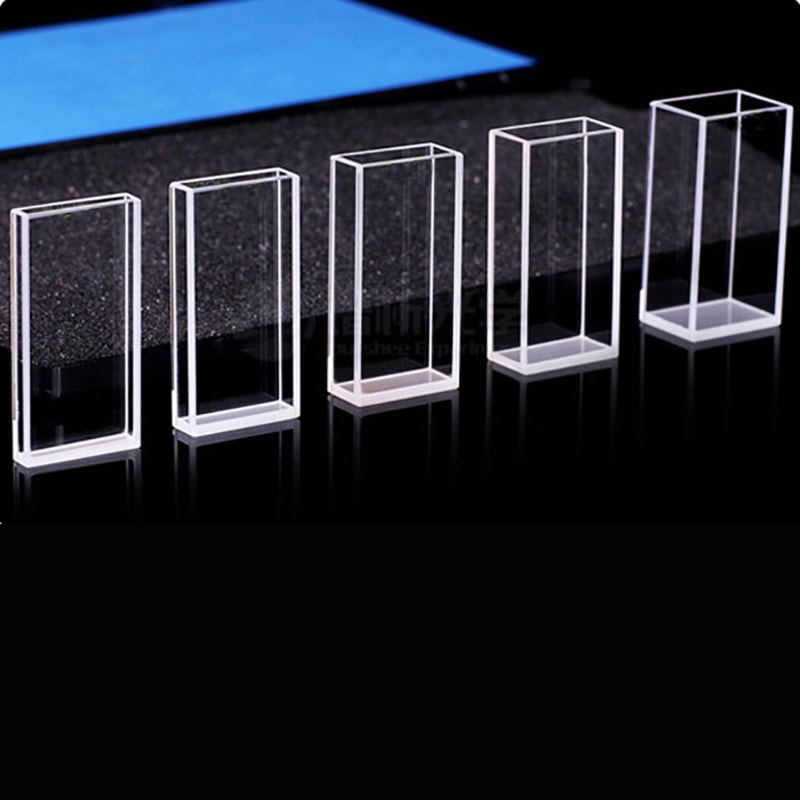The spectrotometry method, which exposes the secret of light transmittance and absorption across specific wavelengths, is an essential method of discovery in science. Cuvettes are the vessels at the heart of the process, and houses the samples that are to be studied. These small containers might seem simple, but their design intricacies, from cuvette path length to material choice, hold the key to unlocking accurate data on substance concentration and purity. Explore this fascinating world of cuvettes and their dimensions. They can affect the results of all research.

Image credit: cuvet.co
The Power of Cuvette Path Length
Imagine an light beam moving through a fluid sample. What happens is dependent on the size of the cuvette or the distance over which light travels. For many labs, a cylinder of 1 cm length is ideal because it is able to strike the balance between sensitivity and practicality. Why is this important? The longer the distance, the more light gets absorption and amplifies the signal in less concentrated samples. However, for concentrated solutions such as nucleic acids or proteins, a shorter length of path could be a game-changer. This technique reduces the amount of dilution that is required, saving precious samples and reduces the time needed to prepare. What can you learn from this? The art of matching the length of the path to sample needs is a subtle art that boosts reliability.
Cuvette Dimensions and Size It’s more Than You Think
Cuvette size isn’t just about how much liquid fits inside. It’s also about how the vessel is used by the spectrophotometer. They come in different volumes and shapes, which are suitable for particular applications. Semi-micro cuvettes come in smaller sizes but have more robust walls. They are great for samples with small volumes. Thick walls allow light to traverse the sample without even wasting one drop. Compare this to a standard cuvette, the distinction is clear there are fewer pipetting steps and less chance of error and results that stand to scrutiny. This is an innovative tweak that proves size isn’t only an amount of numbers, it’s also a factor of strategic importance.
The 1 cm Path Length Cube A Lab Favourite
Why is the cuvette that has 1 centimeter length being used in a lot of research? It’s the ideal size for biological studies, where samples are often scarce and every milliliter matters. This classic design provides consistent measurements of absorbance that don’t overburden the detector. It is ideal for everything from DNA purity tests to enzyme tests. It’s not the hero that fits all. If you substitute it for a cuvette having a different geometry or path length, like one that is used for studying emission, the results can be wildly distorted. It is vital to choose the correct tool and not one you are most comfortable with. A cuvette that is not properly matched can be compared to an un tuned instrument.
Material Matters That Go Beyond Size and Path
Cuvette dimensions tell only half the story. Material selection seals the deal. Glass and quartz cuvettes are renowned for their outstanding light transmission rates. They’re durable, reusable, and perfect for demanding tasks in spectroscopy. On the flip side plastic cuvettes provide affordability and ease of use to the table. There’s no need to clean, and there’s no cross-contamination just use and throw away. They’re perfect for quick DNA and tests for RNA, and an aqueous solution. The downside? The trade-off? Quartz is the preferred choice for purists and pragmatists might choose plastic.
The art of precision in practice
The appeal of cuvettes lies in their versatility. Spacers in combination with short lengths of the path allow for the handling of samples that are concentrated while larger vessels can handle volumes. Each choice in size and length and the kind of material has a ripple effect on the experiment. This may impact the quality of the results. Think of a lab analysing a protein. Semimicro cuvettes have an easier path that removes the need for dilution and produces reliable data more quickly. Compare that to a careless changing of cuvettes during the middle of an experiment, and you’ll notice that the numbers drop. This is a reminder that in spectrophotometry the smallest details wield the biggest impact.
Cuvettes are tiny, but they play an important role. From the 1cm path length cuvette up to custom dimensions, these vessels help bridge the gap between the sample and understanding. A good cuvette can turn an excellent measurement, regardless of regardless of whether you’re seeking concentration or purity, into a great measurement.